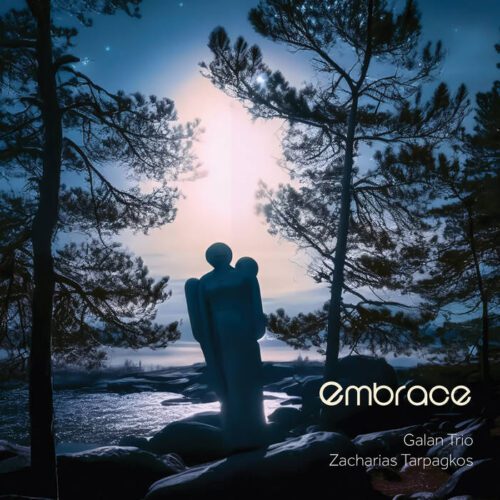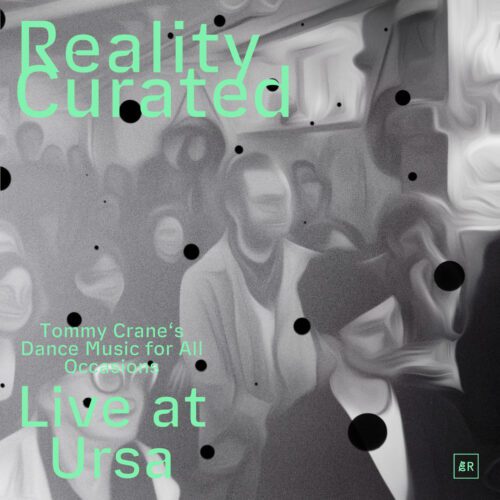The “Gorgon” died of kidney problems at the age of 79, on October 6. Born in 1941 in Kingston, he made his debut in the music industry in 1962, thanks to his brother-in-law, the singer Derrick Morgan, as a promotional agent for Duke Reid’s Treasure Isle label, then for Leslie Kong (Beverly’s). His first big hit, Roy Shirley’s “Musical Field” (1967), in the midst of the rocksteady explosion, led him to found his own label, Lee, with which he would become a major player in this golden age. Then, with the advent of the new early reggae sound, he put on the huge hits of Slim Smith (“Everybody Needs Love”), The Uniques (“My Conversation”), Max Romeo (“Wet Dream”), Delroy Wilson (“Better Must Come”), Eric Donaldson (“Cherry O Baby”), John Holt (“Stick By Me”), and many other titles by Stranger Cole, Derrick Morgan, Pat Kelly and others.
At the dawn of the 1970s, he became one of the pioneers in the development of reggae in the U.K. by signing licences with the Palmer brothers (Pama) and Trojan Records. Between 1969 and 1977, he released over a thousand productions on his various labels – Jackpot, Third World, Lee’s and Striker Lee! But it wasn’t until 1974 that Bunny Lee, with the help of Lee Perry, broke the monopoly held by Coxsone Dodd (Studio One) and Duke Reid (Treasure Isle) with productions such as “Rockers” by Johnny Clarke, Owen Grey and Cornell Campbell. That same year, at the suggestion of Bunny Lee, drummer Santa Davis developed the “flying cymbals” style, influenced by the drumming of the American band T.S.O.P., with the song “None Shall Escape the Judgment”, performed by Johnny Clarke. From the beginning of the ’70s, Lee experimented with dub with his friend King Tubby, a new style… born of a goof at the console. Moreover, in the studio, he keeps everything, even mistakes. In an interview, he explained that “every spoil a style, man!”, that the biggest hits, the new sounds, often come from technical mistakes.
On the other hand, since he never owned his own studio, with the advent of multitrack consoles, he quickly understood how to maximize his investments. In a day or two, he recorded a dozen rhythms with Sly & Robbie’s Aggrovators. On the third day, he brought in singers and DJs to record the vocals. On the fourth, he went on to mix, producing three albums – one of the singers’ versions, one of the DJs’ versions, and a dub version – all of which would be released the following Monday! After 1976, he turned to Tubby’s apprentices Prince Jammy and Phillip Smart to mix his albums. He then helped to put DJs on the charts with productions by U-Roy, I-Roy, U-Brown, Dennis Alcapone, Prince Jazzbo, Jah Stitch, Trinity, and Tappa Zukie, among others, for whom “Striker” had no qualms about picking up the classic rhythms of Studio One or Treasure Isle. Towards the end of the decade, his favourite artists would become Linval Thompson, Leroy Smart, and Barry Brown.
In 2008, the Jamaican government awarded Lee the Order of Distinction in recognition of his immense contribution to the music industry. In 2013, a documentary, I Am the Gorgon – Bunny Striker Lee and The Roots of Reggae, directed by Diggory Kenrick, was released. It tells the story of his life through interviews with the artists he helped make popular, such as U-Roy, Alcapone and Lee Perry.
People were beginning to think he was immortal… A jovial man, a businessman above all, never lacking in superlatives about himself, but who was said to be very close to his artists, just like King Tubby, another legend who profited from the genius of the Striker. Lee is survived by a son, Errol, born in 1968, whom he had with the singer Marlene Webber.
Don’t miss our journalist Richard Lafrance’s Basses Fréquences special on Bunny Lee, Sunday, October 11th, from 4pm to 6pm on cism893.ca!
























